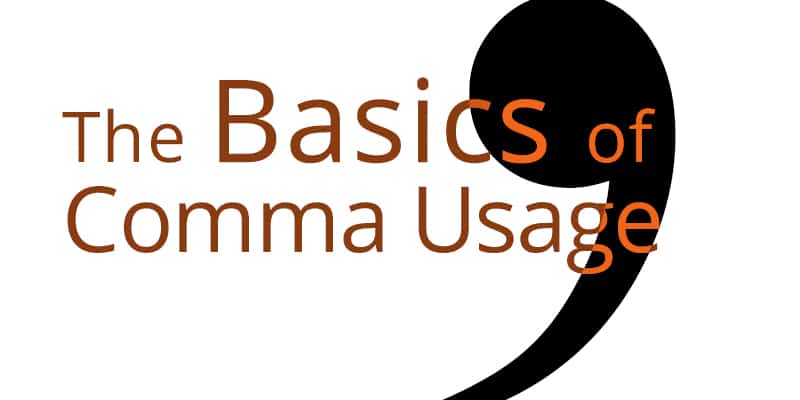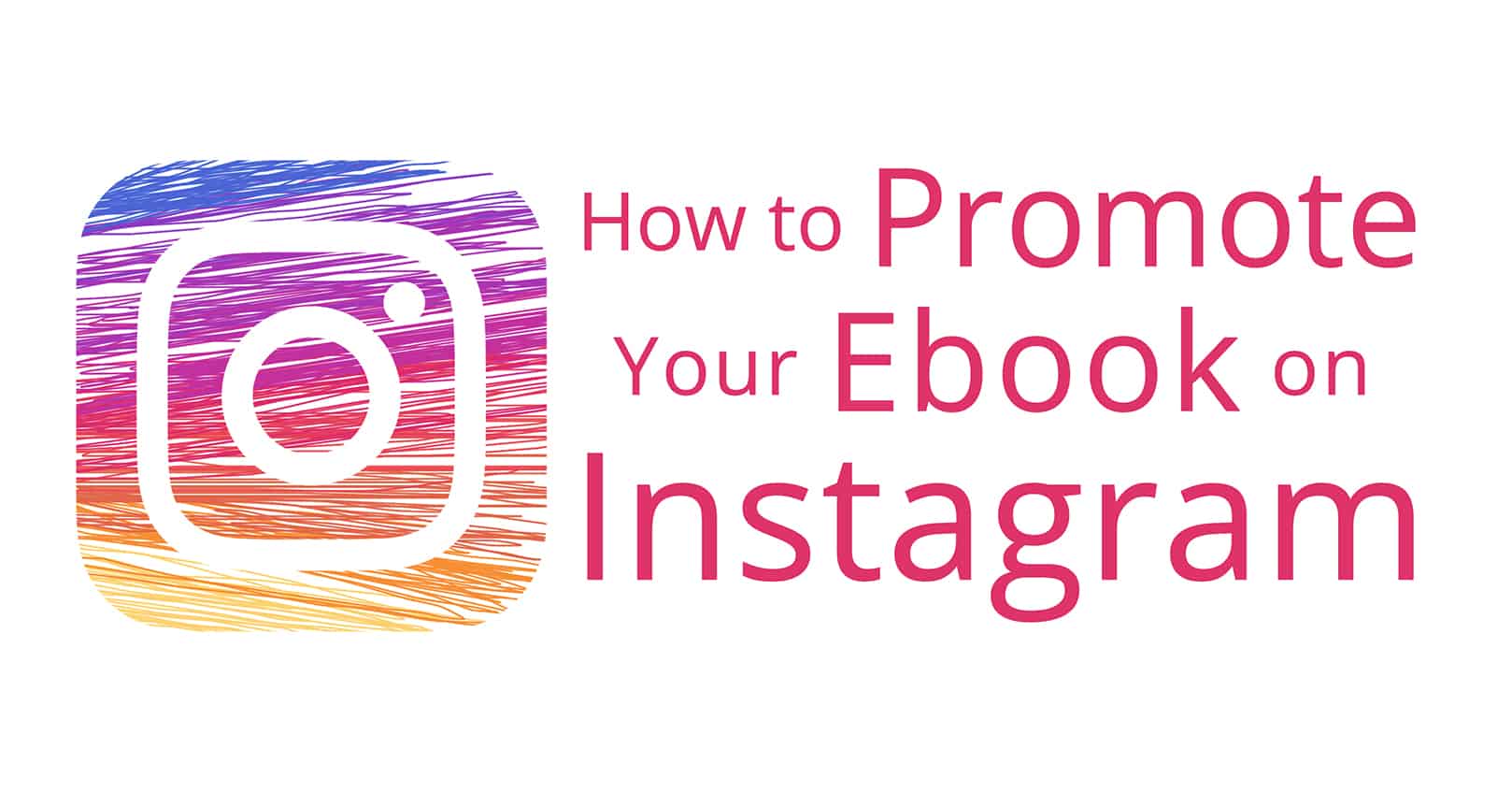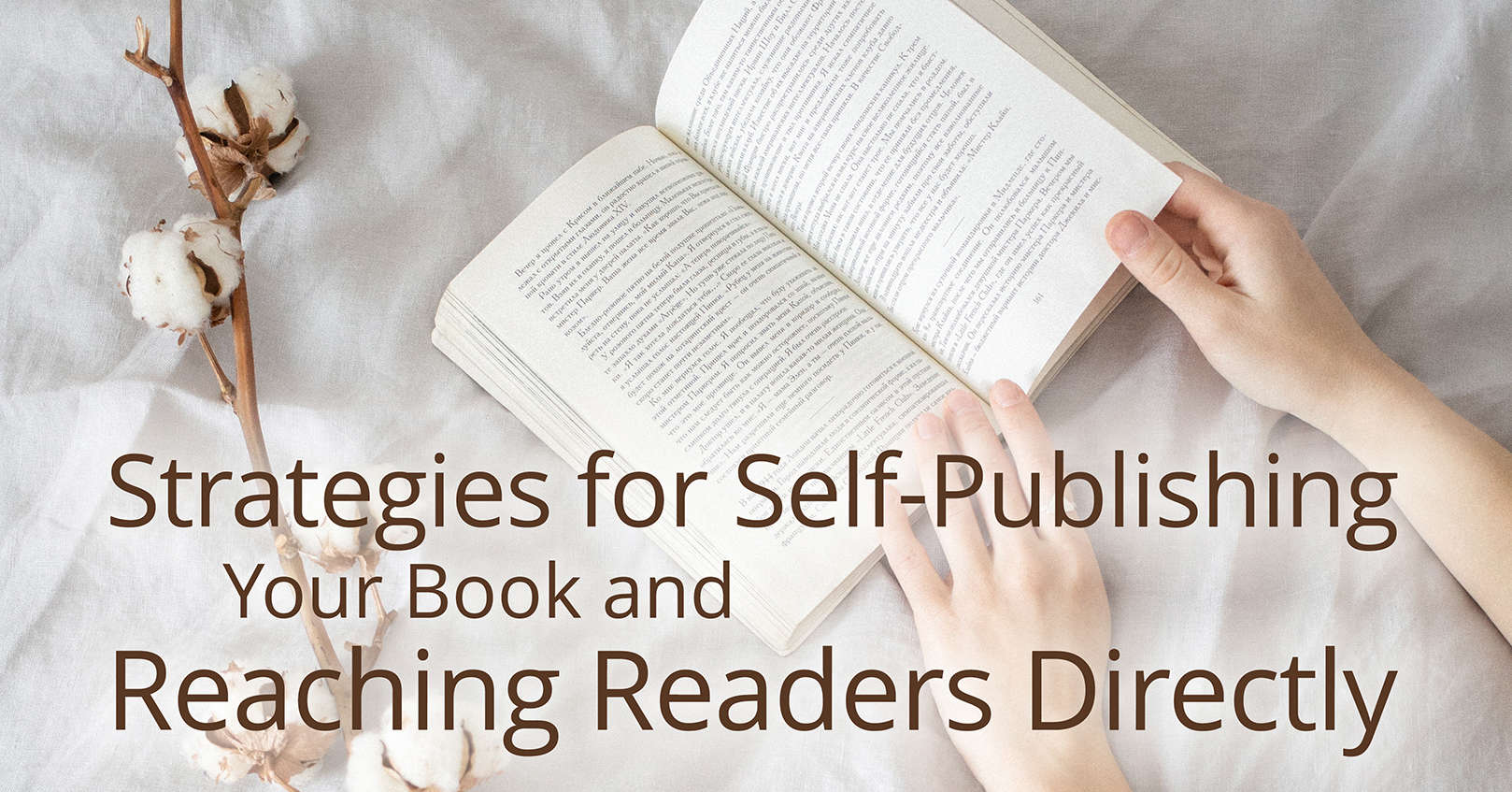
Comma usage can be tricky. Here are some basic tips to resolve comma dilemmas that sometimes have us scratching our heads.
Comma Usage in Lists
Separate items in a series with commas.
The Chicago Manual of Style recommends using the serial comma to avoid confusion. (Note that the AP Style used for journalists in newspapers omits the serial comma, but most major English style guides recommend using it.)
Correct: I need to buy some apples, bananas, and flour.
Incorrect: I need to buy some apples, bananas and flour.
Another type of list is a list of adjectives.
When you have two or more adjectives that can be separated by the word “and,” they are separated by a comma.
Correct: She threw back her head in a loud, happy laugh. (“Loud and happy laugh” makes sense.)
Incorrect: She threw back her head in a loud happy laugh.
Correct: We walked up to the red brick house. (“Red and brick house” doesn’t make sense—in this case, because red is describing brick, not house—so we don’t use a comma.)
Incorrect: We walked up to the red, brick house.
Comma Usage with Relative Clauses
A relative clause is an informational phrase that starts with the word which or that (the word that may be removed) or who/whom/whose. When these clauses are restrictive, or required in the sentence, they are not set off with commas. If they are nonrestrictive, then they are set off with commas.
Correct: She is the one who told me to come here. (This is a restrictive clause. You cannot omit who.)
Incorrect: She is the one, who told me to come here.
Correct: I can’t find a good way to wrap up a scene in the book that I’m writing. (“I’m writing” is a restrictive clause. But also note that the word “that” can be removed and the sentence is probably better for it.)
Incorrect: I can’t find a good way to wrap up a scene in the book, that I’m writing.
Correct: The chair, which looked unsteady to begin with, broke apart when he dropped into it.
Incorrect: The chair which looked unsteady to begin with broke apart when he dropped into it.
Comma Usage with Participle Phrases
A participle phrase is a descriptive (adjective) phrase that begins with a participle. A participle is formed by adding -ing to the end of a verb (present participle) or by adding-ed, -d, -t, -en, or -n to the end of a verb (past participle).
If a sentence starts with a participle phrase, then the phrase needs to be followed by a comma.
Correct: Clutching his stomach in pain, he continued to laugh uproariously.
Here, “Clutching his stomach in pain” is a present participle phrase describing “he.”
Incorrect: Clutching his stomach in pain he continued to laugh uproariously.
Correct: Taken from her mother, the baby began to cry.
“Taken from her mother” is a past participle describing “the baby.”
Incorrect: Taken from her mother the baby began to cry.
If the sentence ends with a participle phrase, and the phrase doesn’t immediately follow the word it’s describing, then the phrase needs to be set off with a comma.
Correct: “No way,” she said, giving him a glare.
“Giving him a glare” is a present participle phrase that describes “she.” It doesn’t immediately follow the word “she,” so it has to be preceded by a comma.
Incorrect: “No way,” she said giving him a glare.
But if the phrase immediately follows the word it’s describing, you don’t put in the comma.
Correct: She watched the monkey swinging from the bars.
Incorrect: She watched the monkey, swinging from the bars.
Comma Usage with Appositives and Parentheticals
Commas set off nonrestrictive appositives (appositives rename a noun) and parentheticals (which are explanations or comments inserted into a sentence).
Correct: Karen’s husband, Jack, ran to the store for cookies. (Jack is an appositive, and it is nonrestrictive because it is not necessary information for understanding who the sentence is referring to because Karen only has one husband.)
Incorrect: Karen’s husband Jack ran to the store for cookies.
Correct: My sister, Karen, loves those cookies. (Correct if I only have one sister.)
Correct: My sister Karen loves those cookies. (Correct if I have more than one sister.)
Correct: Those cookies were, I must say, delicious.
Incorrect: Those cookies were I must say delicious.
Comma Usage with Independent Clauses
Independent clauses are phrases that can stand on their own as sentences. They can be joined together by a comma and a conjunction (the conjunctions for, and, nor, but, or, and yet).
Correct: I really wanted some cookies, so we made a run to the store.
Incorrect: I really wanted some cookies so we made a run to the store.
Correct: He came home with the cookies, and we all shouted for joy.
Incorrect: He came home with the cookies and we all shouted for joy.
Make sure to include the conjunction, or you will have created a comma splice like the one below, which is incorrect.
Incorrect: He came home with the cookies, we all shouted for joy.
Comma Usage with Dependent Clauses
When a dependent clause (a phrase that can’t stand on its own but that still has both a noun and verb) starts a sentence, it is always followed by a comma. If it’s at the end of a sentence, it is not preceded by a comma. You can recognize a dependent clause by looking for subordinate conjunctions, such as because, when if, although, and even if (basically, any conjunction that isn’t a coordinating conjunction).
Correct: We sent him to the store because we were all craving cookies.
Incorrect: We sent him to the store, because we were all craving cookies.
Correct: Though I was too lazy to make cookies, the store was just around the corner.
Incorrect: Though I was too lazy to make cookies the store was just around the corner.
Comma Usage with Introductory Phrases
A comma always follows an introductory phrase or word.
Correct: After calling everyone for cookies, the treats were all devoured.
Incorrect: After calling everyone for cookies the treats were all devoured.
Correct: Wow, I didn’t know cookies could be eaten so fast!
Incorrect: Wow I didn’t know cookies could be eaten so fast!
Correct: Yeah, that’s crazy.
Incorrect: Yeah that’s crazy.
Other Comma Usage
Commas are used in a few other instances:
- To separate homonyms and avoid confusion (“Whatever it is, is how it has to be .”)
- To set off the year in a month-day-year date format (“On January 16, 2018, we went to the store for cookies.”)
- To separate elements in addresses (“He drove to 123 Fake Avenue, Salt Lake City, UT, to get the cookies.”)
- To set off quotations (She replied, “Those cookies were great!”)
- To set off direct questions (“I was wondering, what am I doing here?”)
We hope this reference will help you determine when you should and shouldn’t use a comma. Feel free to refer back to it as needed! If you have any questions about comma usage, let us know in the comments below.















Ah, it looks like we can go back to the good old rules I learned in school. I’ve finally learned, at the urging of peers and various instructors, to get rid of almost all commas. I always feel incomplete when I type a sentence without one placed where I learned it was required. Now, if I can only unlearn this new way, I can relax into ‘correct’ comma usage. Thanks for giving me the go-ahead!